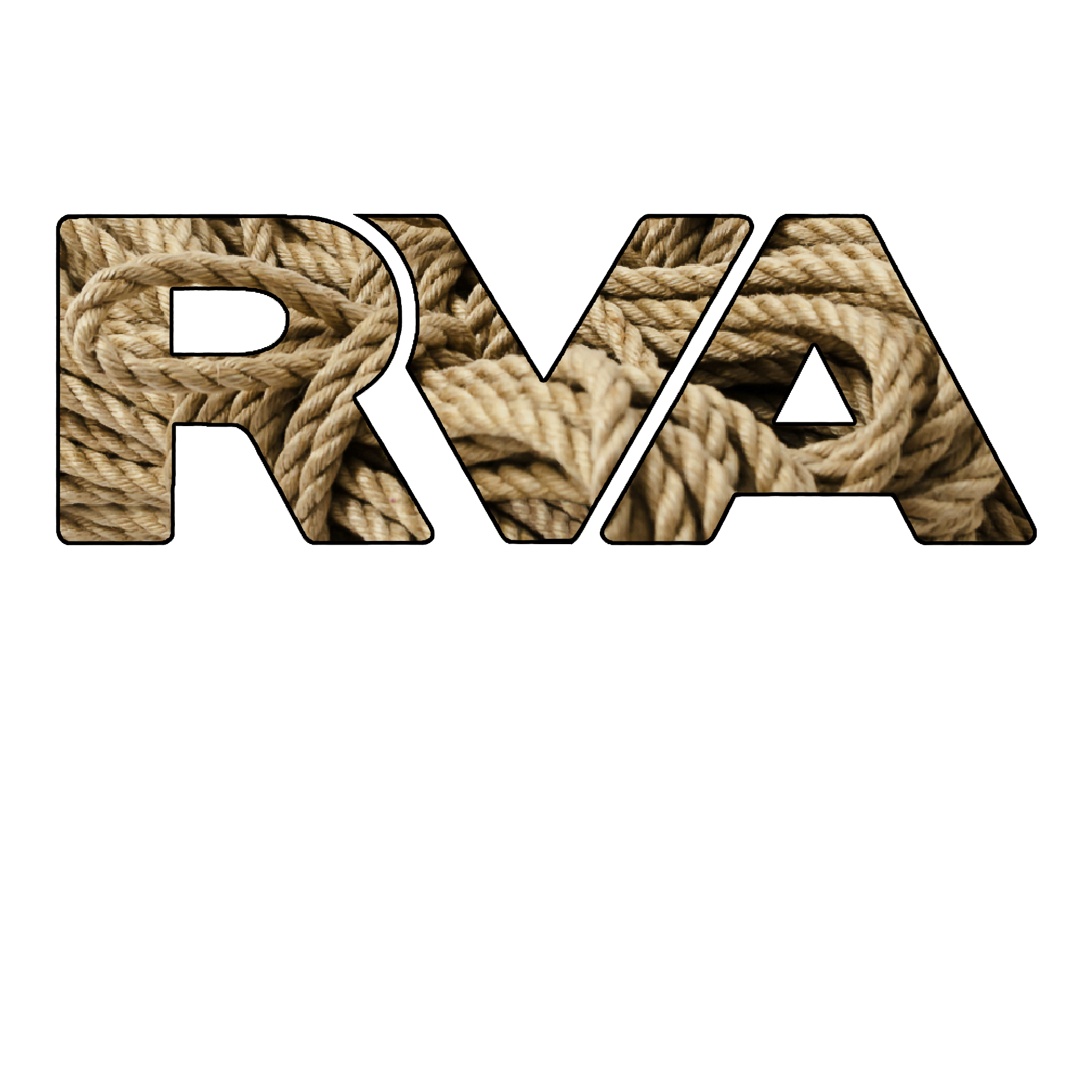Fallout, in cooperation with RVA Rope, has developed the following recommendations related to rope bondage suspension at any Fallout-sponsored event (including, but not limited to, Rope Bite meetings, All Tied Up events, and Torture Garden events). These guidelines are intended first and foremost as an educational tool.
While Dungeon Monitors (DMs) will only interrupt rope scenes in case of a clear and imminent danger to life, limb, or Fallout property, consistent failure to follow the letter or spirit of these guidelines may result in your being asked not to suspend at RVA Rope and/or Fallout events in the future.
Risk awareness
All tops and bottoms participating in partial and/or full suspension scenes should be well-informed of the risks involved in suspension, including severe injury from falling as a result of equipment failure or rigger error, long-term disability as a result of nerve compression, and other related risks. Participants (both top and bottom) should have appropriate training and relevant experience in suspension before engaging in this activity at sponsored events, and by participating in partial and/or full suspension, participants are indicating that they do, in fact, have relevant training and experience for the specific activities in which they engage. Fallout and RVA Rope bear no responsibility for any injury, direct or indirect, that may result from your participation in suspension.
Safety Equipment
Have safety scissors and/or rescue hook readily available and visible at all times. Keep in mind that, depending on the situation, cutting rope is often not the best option.
We also recommend that you know basic first-aid procedures and have relevant supplies for common rope-related injuries readily available.
Anchor Points
The steel beams that run across the lower area (pool tables), the dance floor, and across from the bar are all suitable attachments for any suspension hardware you choose to use. However, due to the wiring that runs along or above the beams, we ask that any suspension hardware going over the beams gets pre-approval from the DM or Fallout managers OR is installed by pre-approved RVA Rope members. If in doubt, ask.
We also recommend that you not use rope directly over the beams, as the edges are sharp and will degrade your rope over time. We recommend using some form of padding between beam and rope to prevent this.
It is your responsibility to ensure the safety of any suspension hardware you choose to use. However, Fallout managers, RVA Rope leadership, and DMs reserve the right to disallow particular suspension hardware if they deem it to be unsafe or potentially damaging to Fallout property. We recommend that all suspension hardware be climbing rated.
Please be courteous in your setup and use of anchor points. Space anchor points appropriately: don’t position your anchor point in the middle of a beam where additional anchor points could fit. If you do not plan to allow others to use your suspension hardware, set up immediately before your scene and remove your hardware as promptly as possible at the end of your scene.
Main Support Lines
We recommend a breaking strength of 10x the weight of the person (or people) being suspended in the final configuration of any main support line. If the rope top will be climbing on/hanging from the rope bottom, the above calculation should instead use the combined weight of rigger and bottom.
We recommend against practices like slack drops onto the lift line in full suspension, as these impose shock loads which greatly increase the force on the rope and the rope bottom. For similar reasons, we also recommend against drop-lifts, particularly when using natural fiber rope, as drop lifts can severely damage the rope and is a common contributing factor to up-line breaks.
We recommend avoiding a single point of failure in your main support lines.
Use of Spotters
When the combined rope experience of participants in a suspension scene (top and bottom) totals less than 2 years, or the individual experience of any participant is less than 6 months, it is recommended to designate an experienced spotter to monitor safety and assist in case of difficulty.
Use of spotters is required for self-suspension.
When using a spotter, please let the DM know who they are if asked. DMs may not act as spotters while on duty.
Mats
We recommend the use of mats, as the floors at Fallout are hard. Mats can be found in the back room, in the seat of the first bench as you enter and beneath or near the second bench. However, be aware that mats can also be a tripping hazard and consider that in your risk assessments.
Dungeon Monitor Check-In
If a DM speaks to you during a suspension and makes a request of you, please honor that request unless you believe it will increase the risk level of your scene. Any disagreements with the DM should be taken to the lead DM and/or manager after the end of your scene. Do not argue with a DM during your scene.

